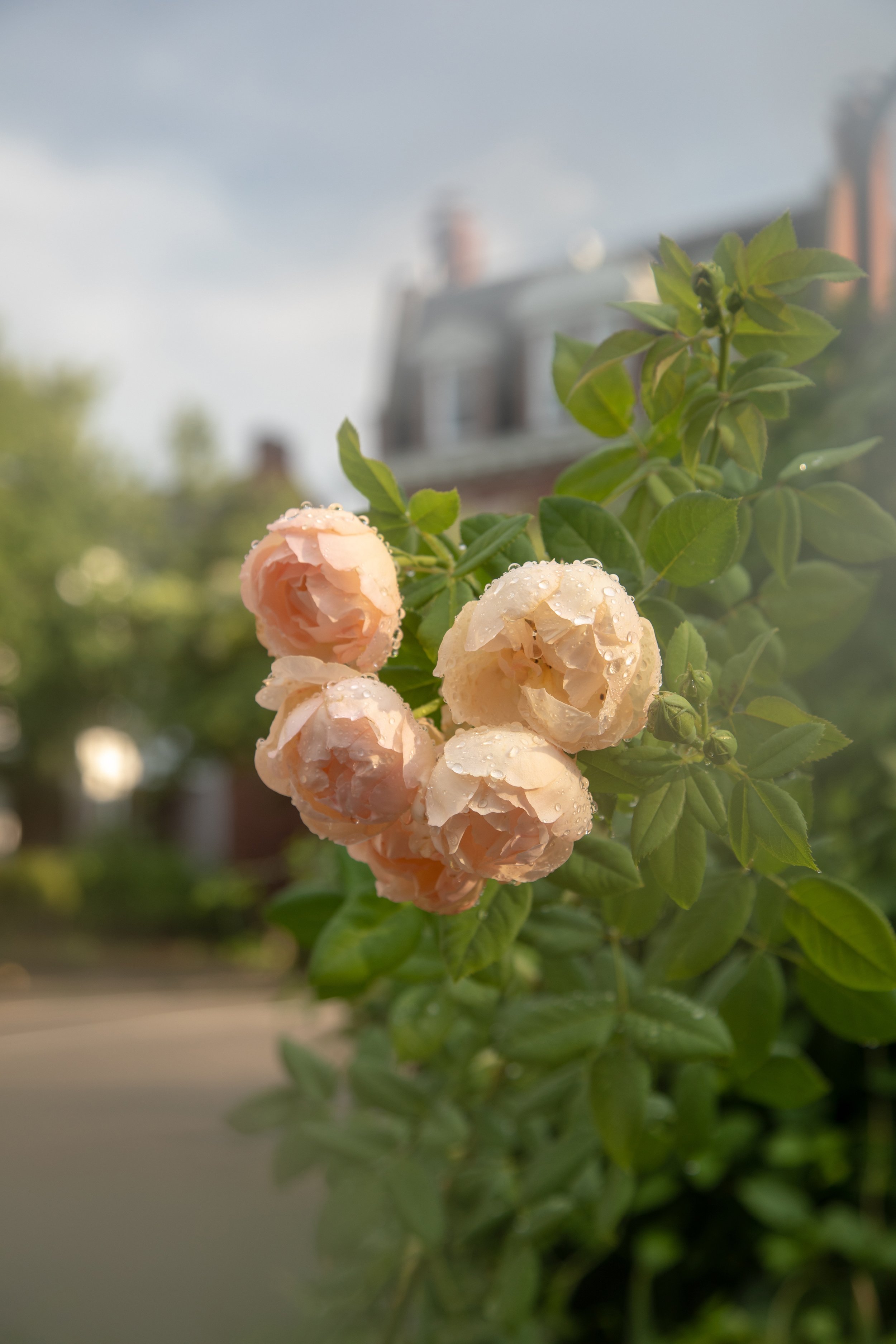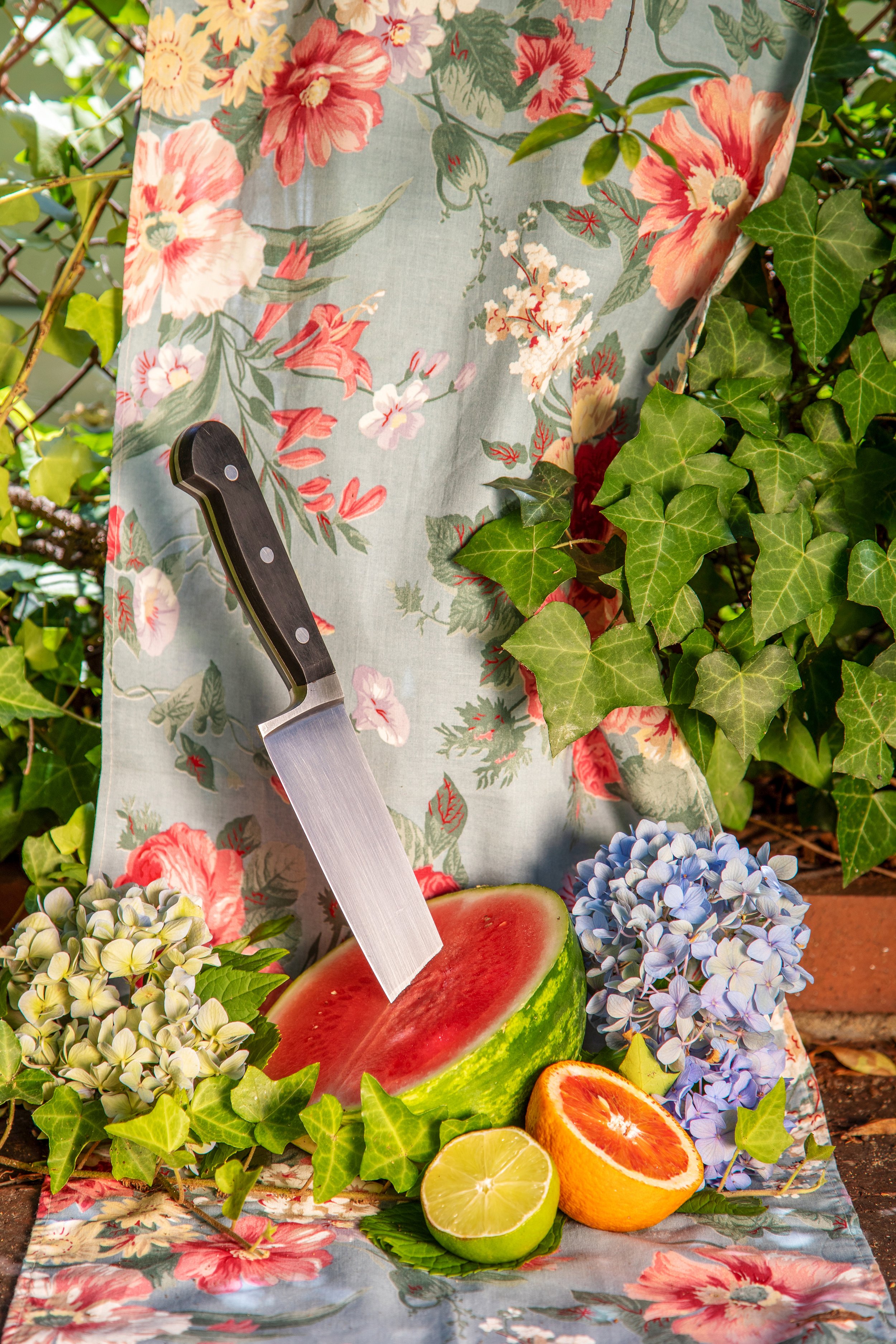Contemporary existence immerses humans in a fast-moving world and almost forces us to adapt. Unlike prior times, when life seemed to move at a slower pace. At least that’s the feeling that older photographs always give. When it comes to modern photography, capturing everyday life can also seem like a fleeting light of our individual existence, something that stems from the overwhelming amount of media we consume on a daily basis.
Richmond-based photographer, Riley Goodman, is making sure that his photographs don’t follow that fast-life cultural trend, and that we appreciate each moment instead. He has an affinity for capturing human existence with such rich stillness, and that technique shows us that getting comfortable in the now is actually a refreshing idea.
Goodman’s artistic journey began with his desire to pursue drawing and creative endeavors at an early age. Then, an admiration for photography and a shift in perspective led him to pursue a career in the field.
He explains:
“During my foundation freshman year at VCUarts I quickly discovered the storytelling abilities that photography could provide to my own practice. While I still enjoy other mediums like painting and drawing, I became fascinated with a way of communicating those mediums' evocations through the use of a camera. From there I turned a hobby into my main artistic practice. My first photobook, From Yonder Wooded Hill, was published this year, which was a great moment in feeling like I made the right decision in pursuing the medium.”
Style
Riley Goodman, Sundown at Poplar Vale.
Goodman’s photographs capture people, animals, places, and things that are in the right place at the right time. Even though the pieces have a sense of heightened thoughtfulness, each also portrays everything in its own natural light and habitat. Because the photographs are presented in this manner, they show us the authenticity of what we’re seeing.
That authenticity creates freedom for things to be accepted as they are and as they come. The softness of colors that highlight the lighter aspects of Goodman’s photographic technique is sometimes met with more masculine elements that bring out a ruggedness; thereby a connected approach within the photograph and toward the viewer. Take, for instance, Cruel Summer and Remembrances on a Parlor Wall, where the softness is hardened by other elements. With his work, he aims to broaden the spectator’s viewpoint of what the art experience can represent.
He explains:
“I would say my work is becoming sharper and has begun to push the boundaries of how photography can be presented in a gallery context. We are so used to images existing solely in a digital sphere at this point that I constantly challenge myself to present something other than just a photograph in a gallery context. How can we alter the presentation that makes that viewing experience go beyond something someone could just view on their phone. Recently I presented a work for a group show where I brought in a large tree stump with a photograph displayed behind this sculptural object along with another on the flat top of the stump itself. In this way, I am not only storytelling in my subject matter, but also in the story that develops through the viewer's experience with the work in a gallery context. Additionally, I find myself working on a larger scale in my image-making. More complex still lifes and portrait set-ups allow for greater narrative arcs.”
A Deeper Insight
Riley Goodman, The Angel of Hollywood.
The photographs Goodman takes show us the complexities that come with existence. There’s beauty, nature, experience, and vulnerability. But these aspects are only partially exposed in each piece, in a revealing manner. It causes us to wonder about what they’re telling us about the person, the time of day, or how the setting makes us feel. It is up to the viewer to uncover the mystery of things or to leave things be through acceptance. The works reveal a sense of truth in a naked sense, but still, leave some things to be uncovered. Such is the case in his photographs, Sundown at Poplar Vale and Forever At The Windows, where you want to know more about the place and time and what happened next. Many of the works touch on contemporary existence and how it is related to where we came from, another time, other ways of living, and history in general. They are gentle reminders of ourselves and our ancestors.
Goodman touches on his range of subject matter:
“Beyond being a photographer I have a background as a historian so much of my work begins as research and the exploration of our collective pasts. I am largely fascinated by folklore and the uncanny— so subject matter could range from a ghost story I read about and desire to visually communicate to a methodology of amateur photography used a hundred years ago that I work to employ contemporarily.”
Concluding Musings
Riley Goodman, Forever At The Windows.
Goodman has a clear understanding of what it means to portray the contemporary world and its connection to the past. There is a sense of remembrance of other times in his style. But what it shows is that photographs don’t have to be fleeting moments, but present ones, where everything exists just as it is without the need to fast-forward or change. Maybe if we look at our existence in the same way, we can appreciate where we are now in life in a bigger way.
He explains:
“There are so many great photographers working today. Lately, I've found myself drawn to the work of Paul Guilmoth, and Ian Bates, along with the photographic duo, Antone Dolezal & Laura Shipley. I always return to artists like Edward Hopper who've been providing inspiration since I was a child. Beyond specific artists, I've been very inspired lately by a wild combination of antique shooting galleries, Victorian mourning practices, Southern folk belief, the American Civil War, and East Coastal culture.”
His work provides an understanding of how places, people, and things have shaped and continue to shape who we are today, individually. There’s a history that is asking to be acknowledged and that allows for that stillness and curiosity we see in the work.
He shares more about his creative process:
“I find myself drawn to still lifes, draping fabric, and notions of life even when a human or animal is not present. I often illustrate the precursor or aftermath of an event but never the event itself, and try to take the common or mundane and turn the dial slightly to create a subtle unease that makes the viewer do a double take.”
It is fascinating to see glimpses of the connected influence of things through a photograph of flowers or the way the sunlight illuminates the side of a silhouette. It is through those characteristics that we learn so much about what is being revealed and how much we’re willing to learn about the living experience, by opening our minds to it and including ourselves in it during our own personal explorations. The photos make you appreciate life and daily moments even more.
For more on this artist’s work, please visit his website.




Today’s poem goes hand-in-hand with Riley’s understanding of the human experience and its relation to history:
America
BY WALT WHITMAN
Centre of equal daughters, equal sons,
All, all alike endear’d, grown, ungrown, young or old,
Strong, ample, fair, enduring, capable, rich,
Perennial with the Earth, with Freedom, Law and Love,
A grand, sane, towering, seated Mother,
Chair’d in the adamant of Time.
























